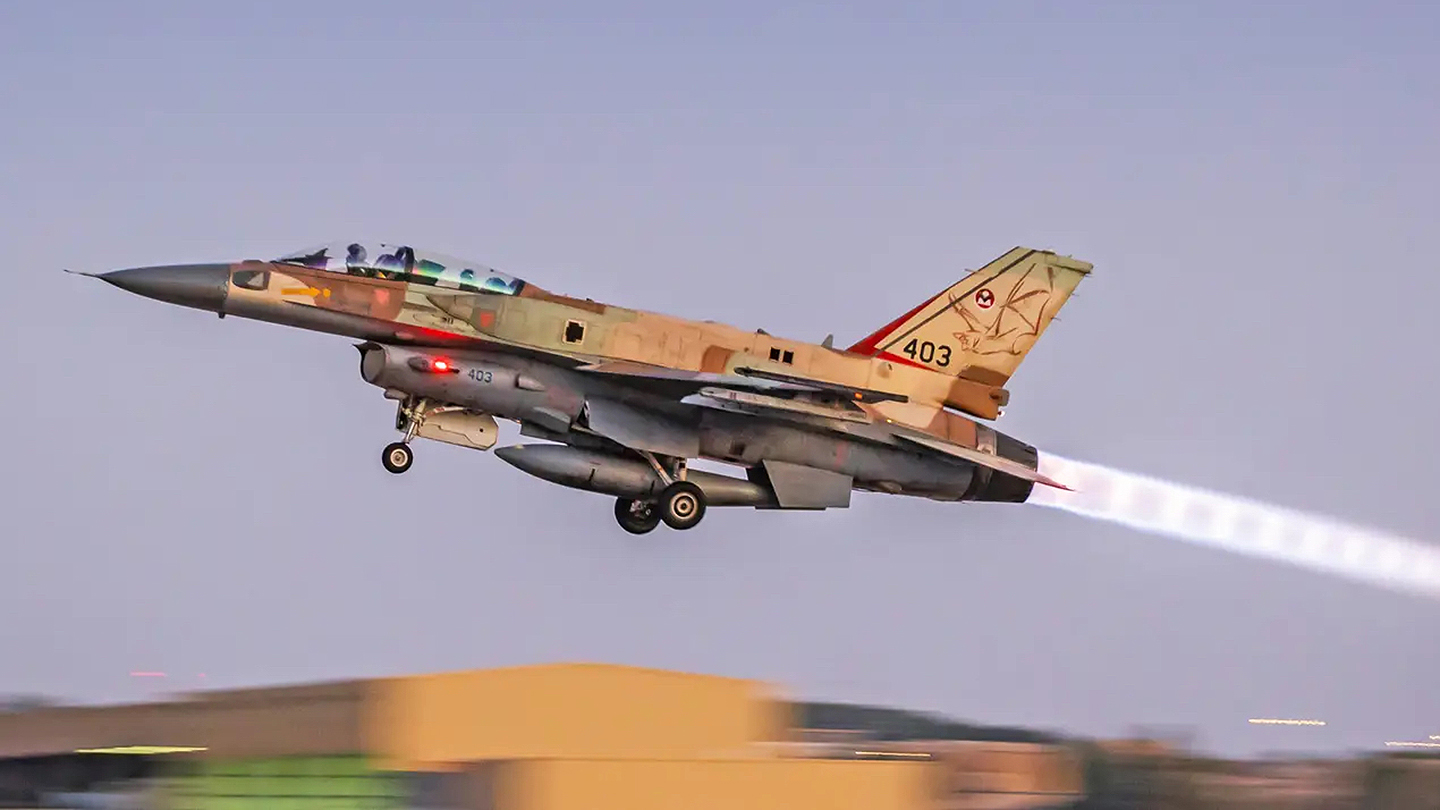A Russian-operated S-300 air defense system fired on Israeli Air Force, or IAF, fighter jets operating over Syria, according to new information provided by the Israeli Ministry of Defense. The fact that it was reportedly a Russian-manned air defense battery that engaged the Israeli jets is significant and adds detail to the incident. This occurred back in May, as we reported on at the time, but it had not been confirmed by officials until now.
Israeli Minister of Defense and Deputy Prime Minister Benny Gantz told reporters today that IAF jets had come under fire from the Russian long-range surface-to-air missile (SAM) system on May 13, but they emerged unscathed. Gantz did, however, try and downplay the presence of the Israeli aircraft in Syrian airspace and described the whole affair as a “one-off incident.”
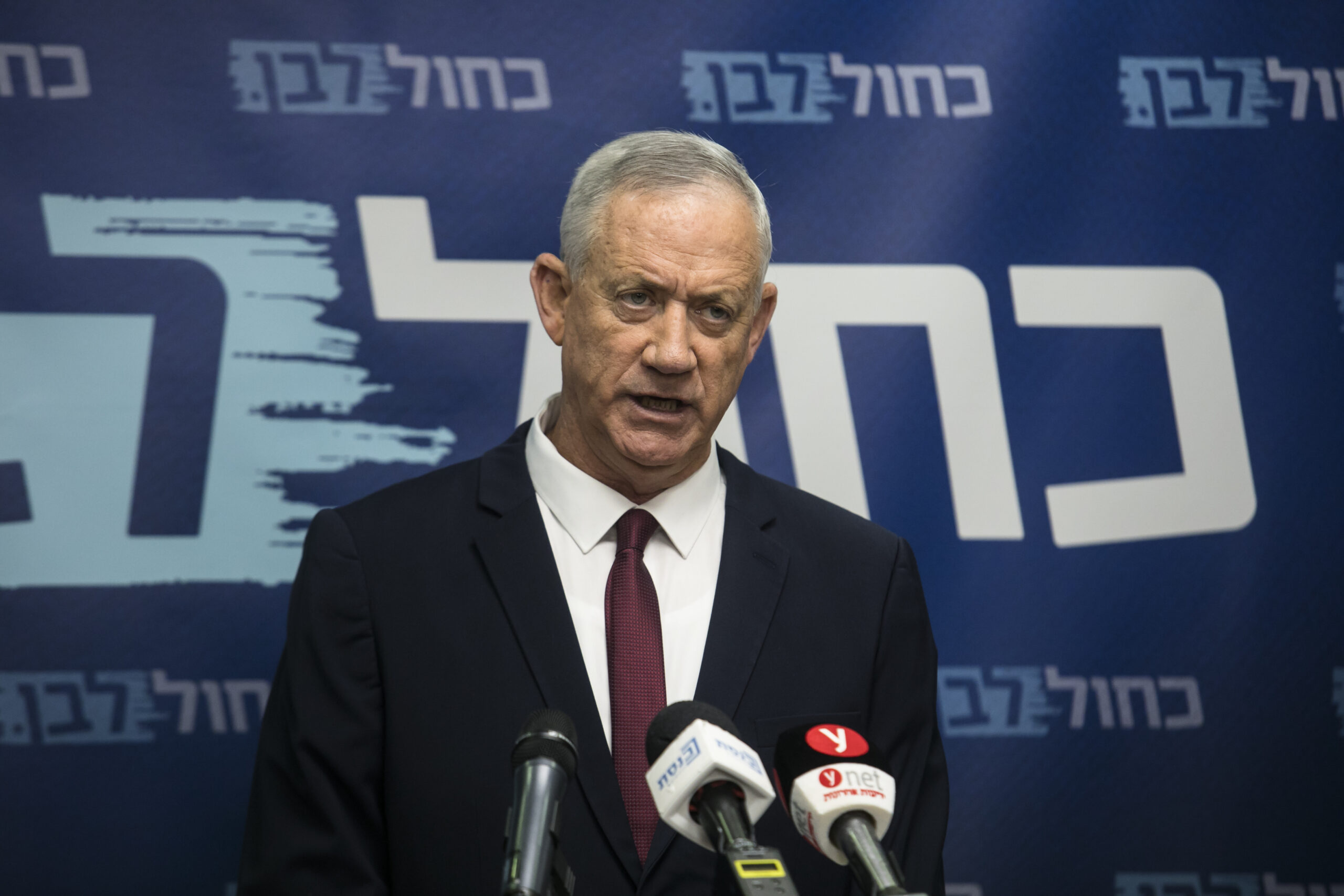
Gantz added that the Russian missiles were launched when the IAF jets “were no longer around.” The claim that the jets had left the area could suggest that the Russians tried to have it both ways, by making a statement with a missile launch, but one that was never actually threatening to the Israeli jets. Russia, for its part, has so far not provided any comment on the incident.
Previous reports indicated that the aircraft involved were IAF F-16s, which had struck targets near Syria’s northwestern city of Masyaf, although no further details of these aspects were provided.
As we reported at the time, the incident in May appears to have been the first time that the S-300 was used against Israeli jets since these air defense systems began to arrive in Syria in 2018, as part of the Kremlin’s support for the Assad regime. Part of the reason for introducing these missiles was to shore up Syrian air defenses after they shot down a Russian Il-20 Coot surveillance aircraft in error, killing all 15 on board, amid IAF airstrikes along the Mediterranean coast.
The exact type of S-300 missiles deployed to Syria is unknown, but they could comprise one of a number of older S-300P series systems, known in the West as the SA-10 Grumble, or the more advanced S-300PMU-2, known as the SA-20B Gargoyle, which has an increased range of up to around 124 miles.

While Gantz stated that the S-300 in question was Russian-operated, we don’t know how that was determined and it’s fair to say there is some confusion about the precise assignments and organization of these systems.
Previously, Russia had declared that it would control the release of missiles launched from ‘Syrian’ S-300 batteries in the country. This was seen as a key reason why missiles from these systems had never been launched against the IAF during earlier aerial encounters. The same goes for the S-300 and more advanced S-400 batteries that are known to be in Russian hands and are based at key Russian strongholds in Tartus and at Khmeimim Air Base.
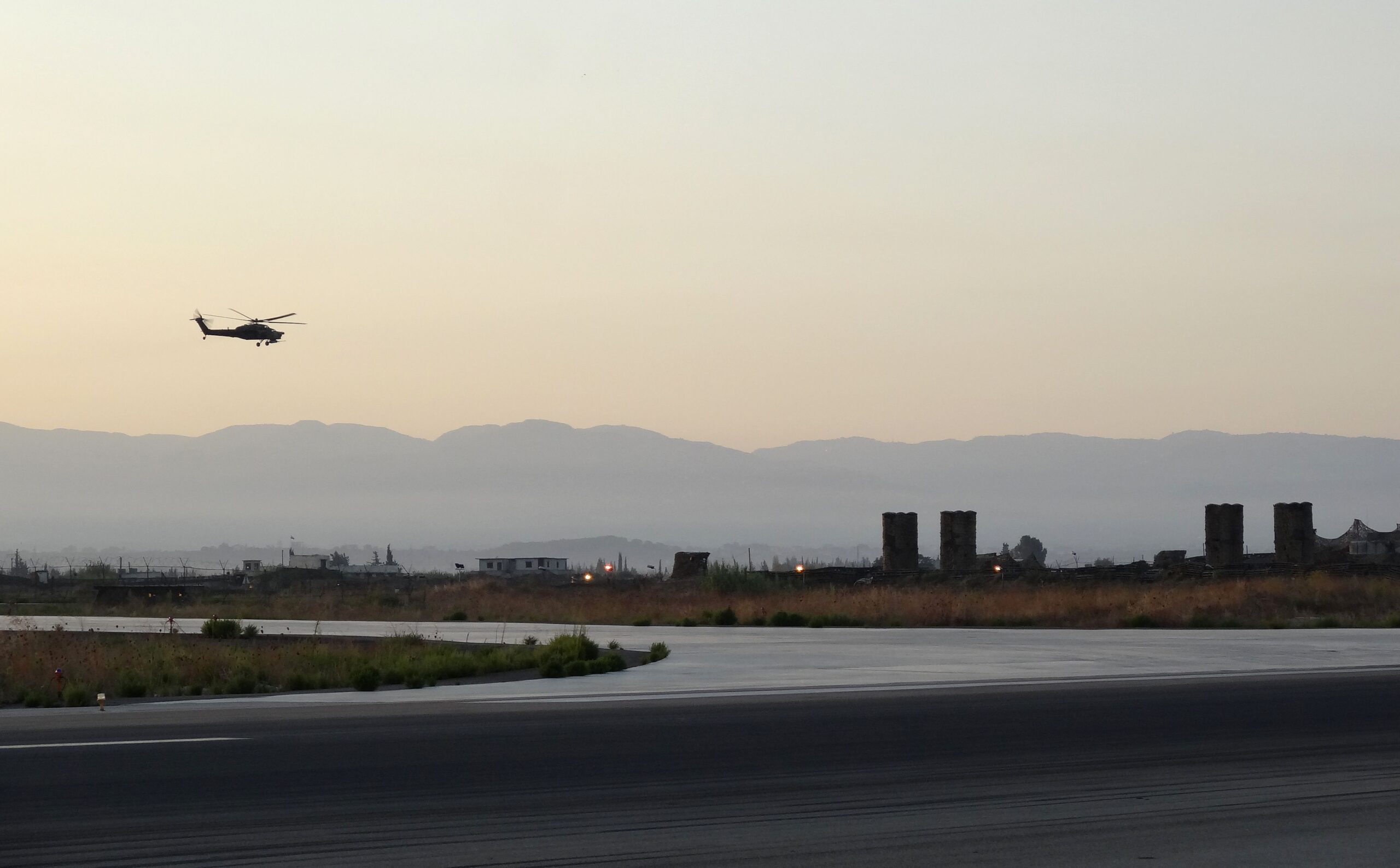
This was in stark contrast to earlier Soviet-made air defense systems in the Syrian arsenal, which have been regularly used against IAF aircraft attacking targets in the country. On some occasions, these missiles have been simply lobbed into the air on ballistic trajectories, apparently in recognition of their limited capability against modern Israeli fighters.
It’s unclear what might have changed ahead of the May 13 incident. When it was first reported, Israel’s Channel 13 said that ‘Russian’ S-300 batteries were involved, although the same outlet also made clear that Moscow’s direct control over their use made any such weapons in Syria de facto Russian, regardless of their actual assignment.
It’s also entirely possible that the battery in question is, or was jointly operated by Syrian and Russian air defense troops. On the other hand, if one of the batteries at Tartus or Khmeimim was used, it would point clearly to a fully Russian engagement.
Regardless, beginning in 2015, the Kremlin and Israel had operated a deconfliction mechanism to ensure that IAF airstrikes would not be engaged by Russian forces in Syria.
In practice, this meant that Russian forces in Syria were turning a blind eye to IAF raids directed against targets in Syria.
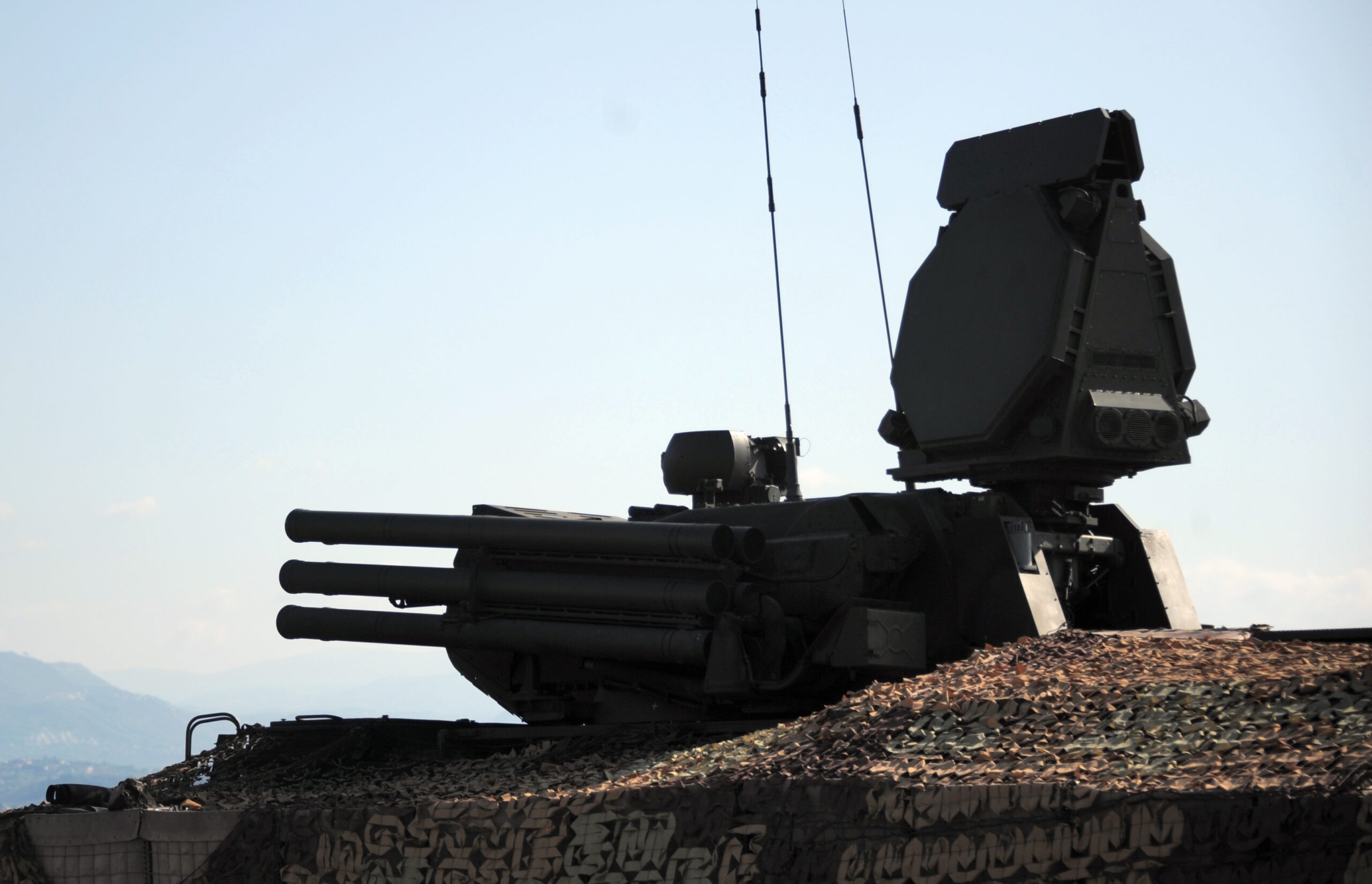
However, as tensions between Israel, Syria, and Russia began to mount more recently, the long-term status of that deconfliction arrangement became questionable. By mid-May, at least, it appears to have broken down, whether permanently or otherwise.
This coincided with Israel’s decision to start supplying weapons to Ukraine, to help that country in its ongoing war with Russia. Prior to this, Israel had been taking generally a more circumspect approach to developments in Ukraine although it had found itself forced to counter some extremist rhetoric from Russian officials.
Since then, tensions between Russia and Israel have only worsened, which may be the reason for the specific disclosure about the S-300 incident today, which is otherwise unusual.
Recently, the Israeli government has criticized both Russia’s conduct in the Ukraine war while Moscow, for its part, has been locked in a dispute with a Jewish emigration agency which has also drawn in Israeli Prime Minister Yair Lapid.
With these troubles in the background, Ganz today made apparent moves to reduce the potential for further disagreement between the two countries. Without explicitly referring to the deconfliction mechanism, the defense minister said that coordination with Russia over Syria is “a situation that is stable right now.” He added: “But we are always reviewing this story as if we only just began it now.”
As for the status of IAF operations over Syria, it’s unlikely that the May 13 incident will greatly alter Israeli policy, if at all.
In particular, Israel has repeatedly shown its willingness to target Iranian arms transfers destined for militants in Syria and Lebanon, as well as Iranian-backed weapons factories and arms caches in Syria. Certainly, airstrikes like these are far from being “one-off incidents,” as Ganz claimed today, although they may have decreased in intensity in recent months.
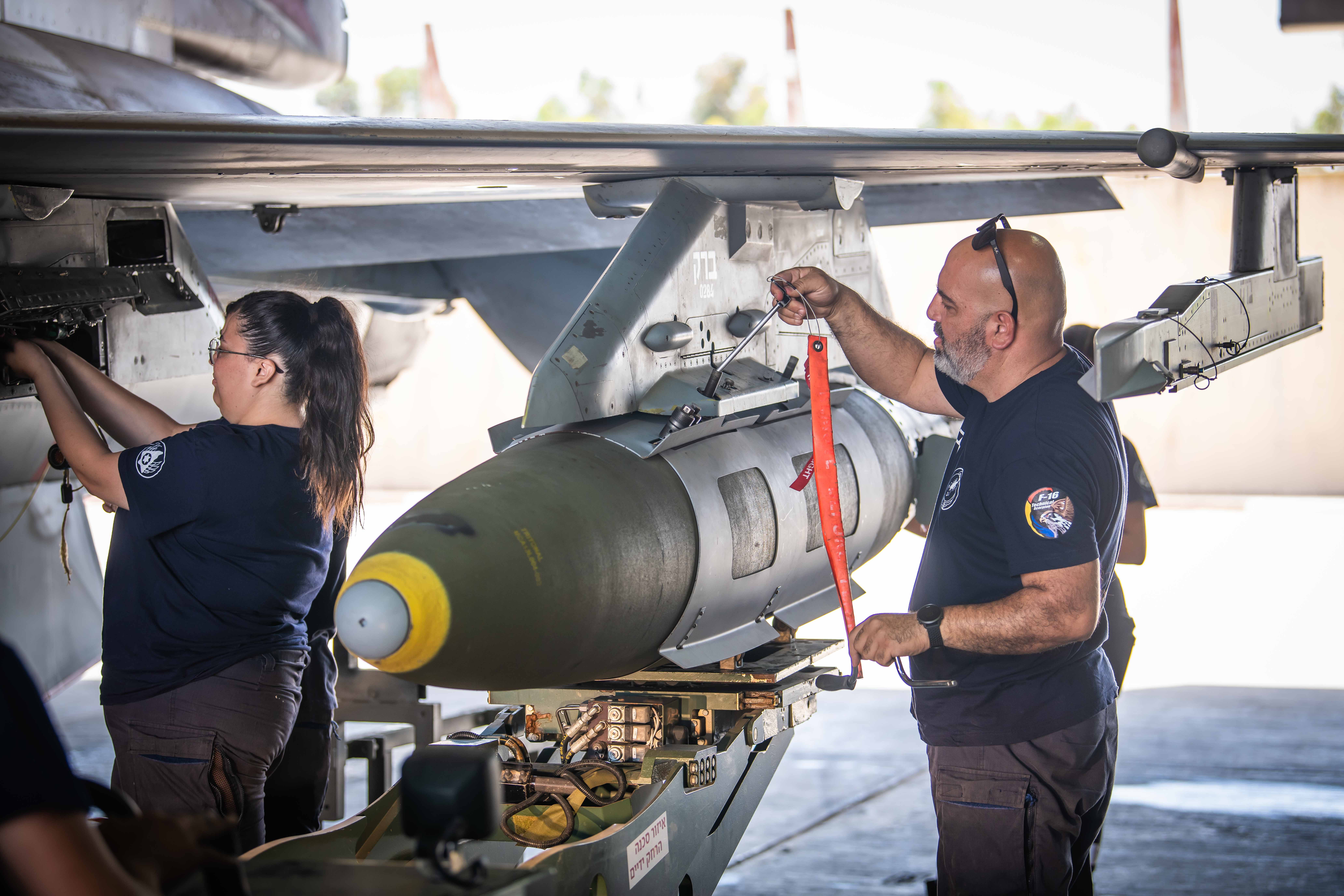
Nevertheless, as long as these airstrikes continue, S-300 batteries in Syria, in general, will remain part of the IAF planning. Israeli pilots have regularly trained against S-300 systems, especially to hone their tactics in a possible conflict with Iran, and the IAF has plenty of experience in employing electronic warfare systems, standoff weapons, and bespoke tactics to protect its fighters from these kinds of weapons.
While Israeli jets have suffered attrition over Syria in the past, with an F-16 Sufa going down in early 2018, officials declared that particular loss due to an error by the pilots.
For both sides, an IAF fighter falling to a Russian-operated S-300 would pose all kinds of problems, up to the highest political levels. With that in mind, it’s very likely something both countries would actively seek to avoid. With Israeli-Russian relations already strained, Ganz’s statements today may well be intended as a warning to Russia not to interfere in its operations again.
Contact the author: thomas@thedrive.com
